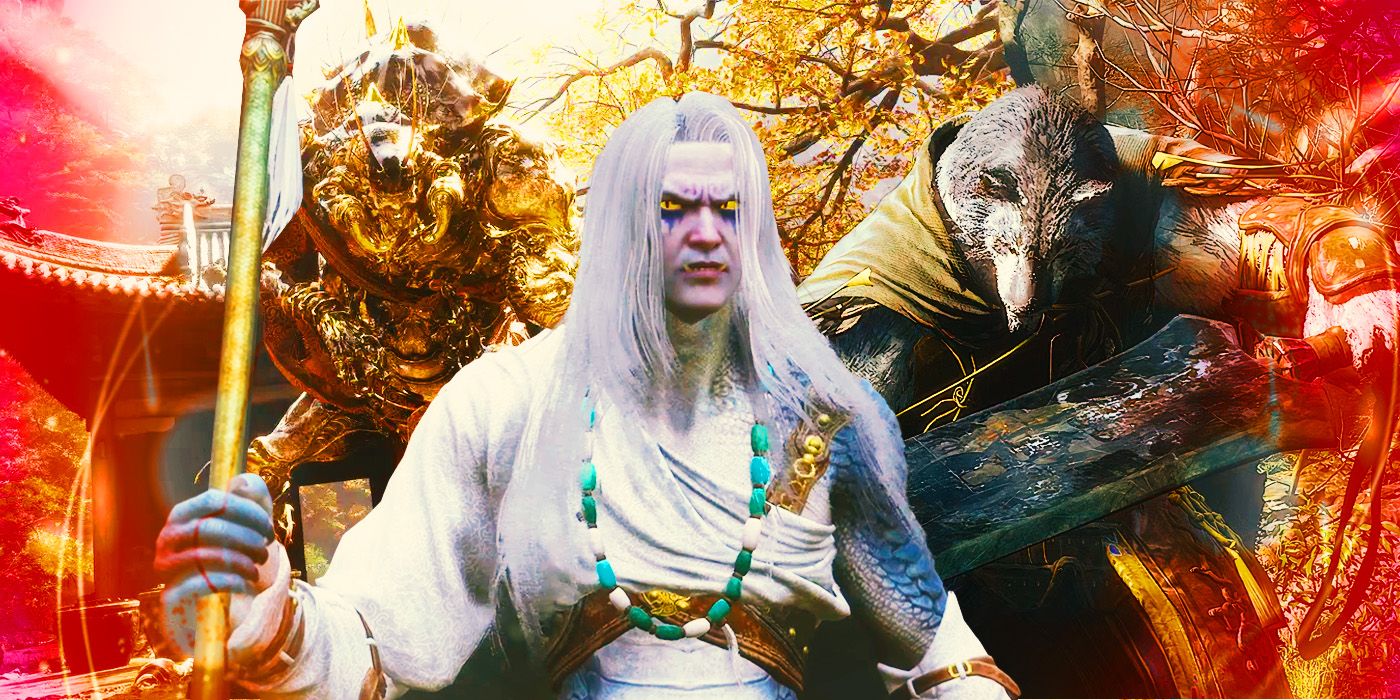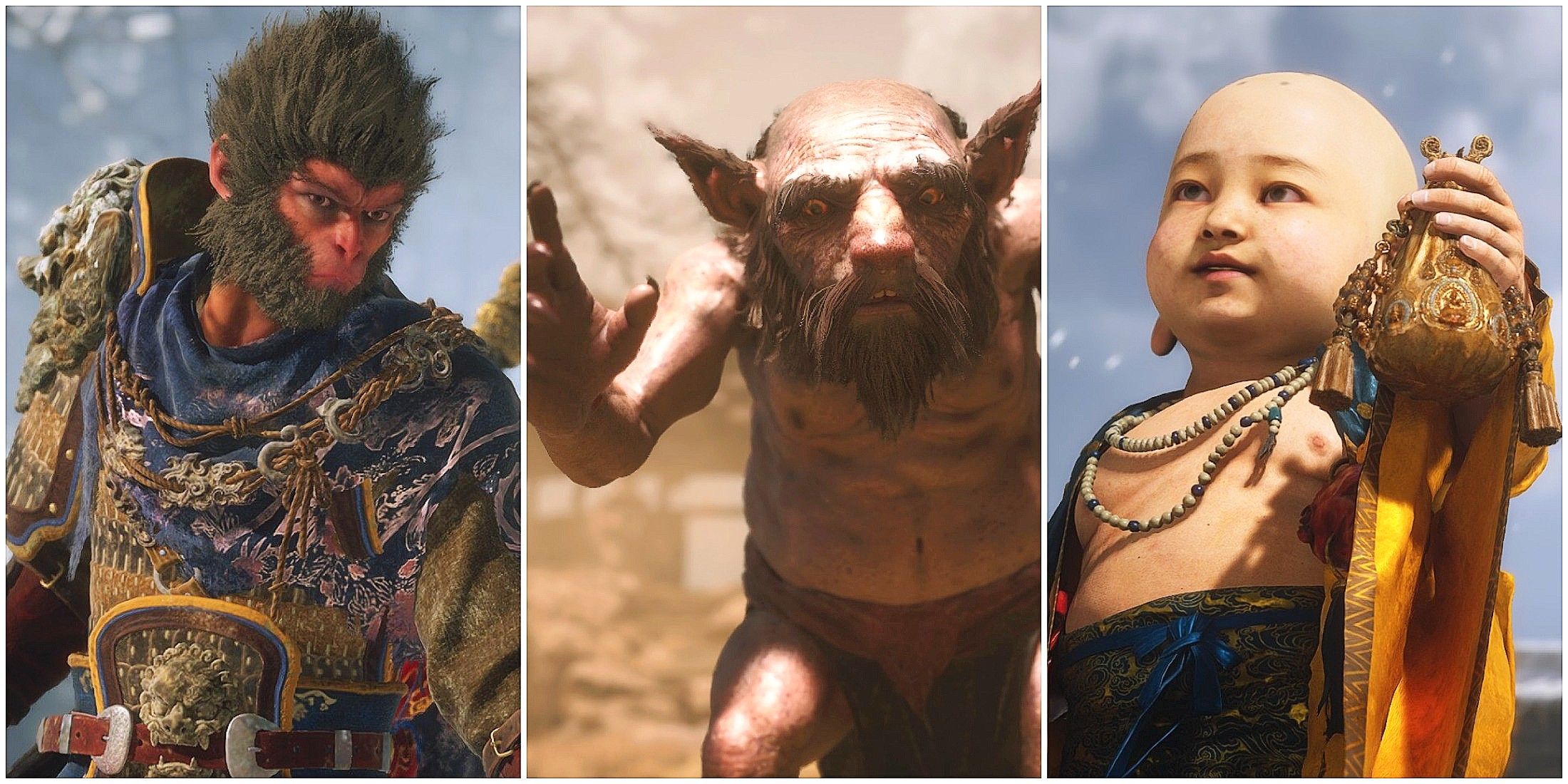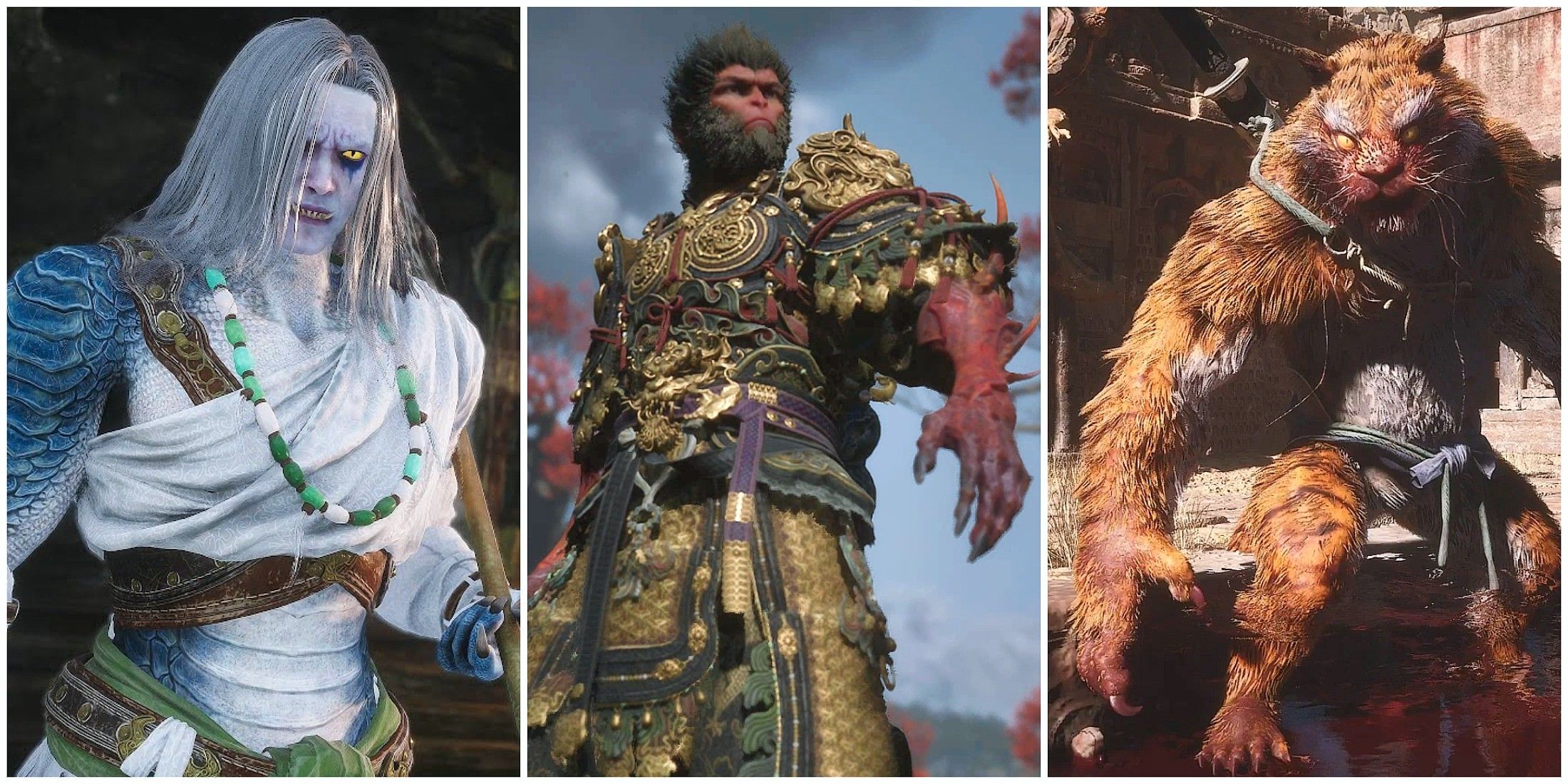
For centuries, sculpture meant being in a physical space with clay, stone, or metal in hand. But with the rise of virtual reality (VR), the definition of a “studio” is being completely rewritten. Artists can now step into immersive worlds where their tools, materials, and creations exist entirely in digital space.
What’s remarkable is that VR is not just replicating the real-world sculpting process, it's expanding it. In a headset, gravity, weight, and material costs vanish, leaving room for pure creative freedom. Platforms that support 3D sculpture online are becoming a hub for this new wave of artistry, making it easier for creators to design and share their work globally.
The Tools Behind Immersive Sculpting
The foundation of VR-based sculpting lies in its powerful software and hardware tools. VR headsets like the Meta Quest series, HTC Vive, and Valve Index paired with intuitive sculpting applications such as Adobe Medium, Gravity Sketch, and Masterpiece Studio allow artists to mold and refine shapes as naturally as if they were working with their hands.
These programs simulate depth, scale, and texture in ways that 2D screens cannot. Combined with the accessibility of 3D sculpture online platforms, even artists with no prior VR experience can quickly transition into immersive creation.
A New Kind of Creative Freedom
In the physical world, materials like marble, bronze, or resin limit what an artist can achieve due to cost, weight, and physics. In VR, none of those barriers exist. Artists can sculpt massive structures in mid-air, create translucent materials that shimmer in impossible ways, or even design sculptures that react to sound and light.
This shift in creative potential isn’t just about producing art faster, it's about inventing entirely new categories of sculpture that would be physically impossible. Thanks to 3D sculpture online sharing, these works can instantly be experienced by audiences anywhere in the world.
Collaboration Without Borders
Before VR, collaborative sculpting across continents was nearly impossible. Now, multiple artists can enter the same virtual space, work on a single piece simultaneously, and communicate in real time.
These collaborative VR environments blur cultural and geographical boundaries, allowing for richer, more diverse artistic outcomes. Many 3D sculpture online communities are fostering such collaborations, giving artists opportunities to connect with others they might never meet in person.

From Digital Models to Physical Reality
While VR sculptures are stunning in digital form, many artists still want to see their creations in the real world. That’s where 3D printing comes into play. Sculptures made in VR can be exported as high-resolution models and printed using various materials, from plastic to metal.
This hybrid workflow creating in VR and materializing in physical space gives artists the best of both worlds. 3D sculpture online platforms often include integrated export tools, streamlining the process of turning virtual visions into tangible art.
The Role of AI in VR Sculpting
Artificial intelligence is quickly becoming an essential companion in immersive sculpting. AI-powered tools can suggest form adjustments, generate textures, and even assist with symmetry and proportion. This allows artists to focus more on creativity and less on technical challenges.
In combination with 3D sculpture online libraries, AI can also recommend complementary assets, making it easier for artists to expand their projects. For example, an AI assistant might generate a matching pedestal for a VR-sculpted statue or automatically optimize a model for 3D printing.
Expanding Accessibility Through Education
VR sculpting isn’t limited to professional artists. Educational institutions are now introducing immersive art programs to students, giving them the chance to explore sculpture in new ways without the cost of traditional materials.
Many 3D sculpture online courses and workshops now focus on VR tools, teaching everything from basic navigation to advanced texturing techniques. This democratization of sculpting means that more people can participate in and contribute to the art world.
How VR Changes the Audience Experience
VR doesn’t just transform the way artists create; it revolutionizes the way audiences experience art. Instead of viewing a sculpture from a fixed angle in a gallery, viewers can walk around it, interact with it, or even manipulate its form.
Some immersive exhibits even allow audiences to step “inside” a sculpture, seeing its structure from the inside out. 3D sculpture online galleries make this experience scalable, letting people anywhere in the world explore an artist’s work in full VR.
Preserving Digital Art for the Future
One of the challenges of VR art is ensuring its longevity. While traditional sculptures can last centuries, digital works require careful storage, format preservation, and software compatibility.
Fortunately, many 3D sculpture online platforms are investing in long-term archiving methods, ensuring that today’s immersive sculptures remain accessible decades from now. This involves cloud storage solutions, open-format exports, and blockchain-based provenance tracking for authenticity.

The Future of Sculpting in VR
Looking ahead, the integration of VR, AI, and cloud-based creative tools will continue to push the limits of what’s possible in sculpture. Imagine AI assistants that adapt sculpting tools in real time based on your style, or VR studios that simulate physical resistance so your hands feel the “weight” of virtual clay.
The merging of immersive technology with online platforms will only make 3D sculpture online more dynamic, collaborative, and globally influential. As adoption grows, we may see entirely new art movements born inside these virtual spaces.
Final Thoughts
VR has taken sculpture from the studio floor to an infinite, boundaryless canvas. Artists no longer have to choose between physical and digital; they can have both, and they can share it instantly with a global audience.
Studios, independent creators, and educational institutions that embrace 3D sculpture online are positioning themselves at the forefront of a cultural and technological shift. And just like when studios calculate the PUBG Game Cost before starting production, VR sculptors must balance artistic ambition with technical requirements. In both cases, thoughtful planning ensures that creative visions are realized to their fullest potential.







